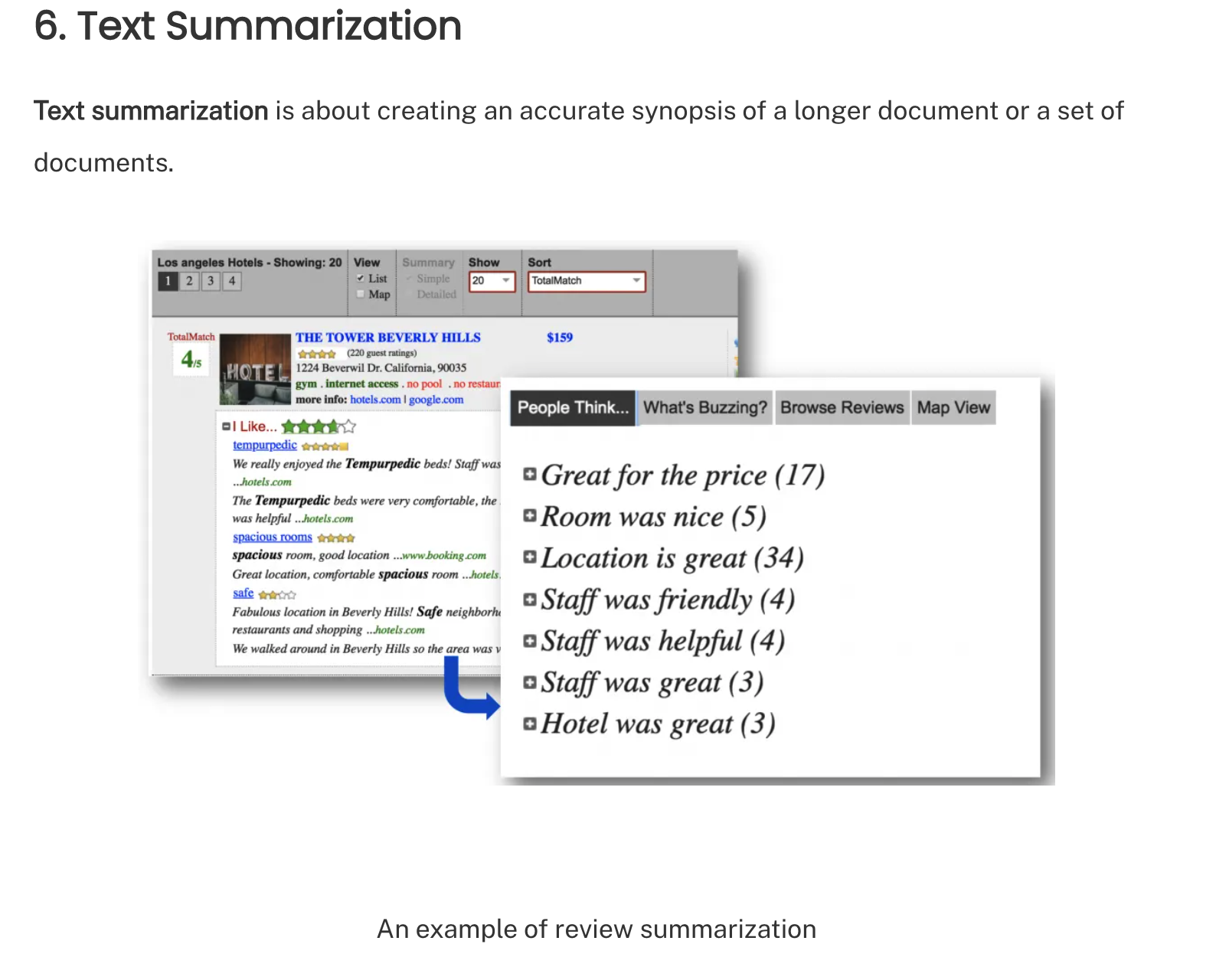
One of the problems business leaders face in communicating with their technical counterparts is trying to describe their AI problem. To simplify some of the communication, here are some common AI problem types.
Try to map AI opportunities at hand to these common problem types. Note that the problem types often overlap—but that’s ok. The key is to identify problem types that most closely match the task at hand when communicating with your AI and data science experts.
Common AI Problem Types
1. Classification
A classification problem is about assigning one or more categories to a document, product, person, or image—essentially anything. Examples include:

2. Regression
A regression problem is about estimating numerical values given some input. For example, trying to predict the number of months before a machine needs service given the conditions of the current machine, or predicting how specific drug dosage affects blood pressure.

3. Recommendation
A recommendation problem is about providing personalized content or products to a group of people. Examples include:
- Product recommendation
- Recommendations on who to follow
- Recommendations on jobs to apply for
- Recommendations on articles to read

4. Search Relevance
A search relevance problem is about improving the rankings of search results shown to users. Often search relevance improvement starts with the analysis of search logs to diagnose problems using hard data. Search improvement may or may not require heavy use of machine learning.
An information extraction problem is about extracting specific information from large volumes of text data. One of the goals of information extraction is to fill templates using data extracted from raw text. Examples include:
- Extracting patient symptoms from large volumes of clinical notes
- Extracting pertinent information from large volumes of legal case files
- Pre-populating a candidate application form / database by extracting pertinent information from resumes
6. Text Summarization
Text summarization is about creating an accurate synopsis of a longer document or a set of documents.

7. Clustering
Clustering is about grouping people, content, documents, topics and etc based on some logical structure—for example, grouping customers by their purchase behavior.
More generally, clustering divides data points into a number of fixed (or dynamic) groups such that the data points in one group are more similar to each other than data points in other groups.
9. Virtual AI Assistant
Virtual AI Assistant is used for having short conversations with humans to complete simple tasks. Examples include:
- Providing answers to common customer questions without human involvement
- Using text messages to check bank balances or to get a refund
Alexa and Siri are examples of virtual AI assistants.
10. Sentiment Analysis
Sentiment Analysis is about discovering emotions in text data such as user reviews, social media comments, and surveys. For example, automatically detecting customer sentiment in social media channels after a new product release. Sentiment analysis can even be applied to images for understanding emotions from facial expressions.
11. Object Detection
Object detection problem is about discovering specific objects such as humans, buildings, or cars in digital images and videos.

12. Document Segmentation Problem
Document segmentation is about trying to subdivide documents into meaningful parts. For example, segmenting unstructured clinical texts to extract their past medical history and family history.

Keyword extraction is about identifying terms that best describe the subject of a document—for example, extracting keywords from large volumes of legal documents to understand the themes of discussion.
While there are many keyword extraction tools readily available (including open-source tools), you’d need to ensure that these work on your data. Often, keyword extraction tools are best customized or custom-developed.
14. Speech Recognition
Speech recognition, also known as speech-to-text (STT) or automatic speech recognition (ASR), is about having a computer program understand and transform spoken language into a written format (or text).
Speech recognition is often used to complete downstream tasks. For example, speech recognition is used behind the scenes to surface relevant search results when you use Google voice search. Specifically, your speech is translated into a human-readable format, and that generated text is used to surface relevant search results.
Many vendors offer speech recognition solutions, and therefore, speech recognition systems rarely need to be developed from scratch. Of course, these systems will benefit from customization for the target data.
15. Machine Translation
Machine translation is the automatic software translation of text from one language to another. For example, translating English sentences into German with reasonable accuracy. Machine translation programs rarely need to be developed from scratch but may benefit from customization.
Machine translation is used for many purposes, including:
- Localizing website text for a particular country
- Customer support conversations across countries
- Understanding documents written in a different language
Summary of AI Problem Types
In this short guide, we discussed 15 common AI problems types—that often overlap. For example, you can apply a classification approach for sentiment analysis. However, the key is to identify the problem type that best fits the task at hand. It doesn’t have to be 100% accurate—it’s just semantics. You can continually refine these definitions with the help of your AI experts.
Keep Learning & Succeed With AI
- Join my AI Integrated newsletter, which clears the AI confusion and teaches you how to successfully integrate AI to achieve profitability and growth in your business.
- Read The Business Case for AI to learn applications, strategies, and best practices to be successful with AI (select companies using the book: government agencies, automakers like Mercedes Benz, beverage makers, and e-commerce companies such as Flipkart).
- Work directly with me to improve AI understanding in your organization, accelerate AI strategy development and get meaningful outcomes from every AI initiative.
Other Articles You May Be Interested In:
Related
Discover more from reviewer4you.com
Subscribe to get the latest posts to your email.





